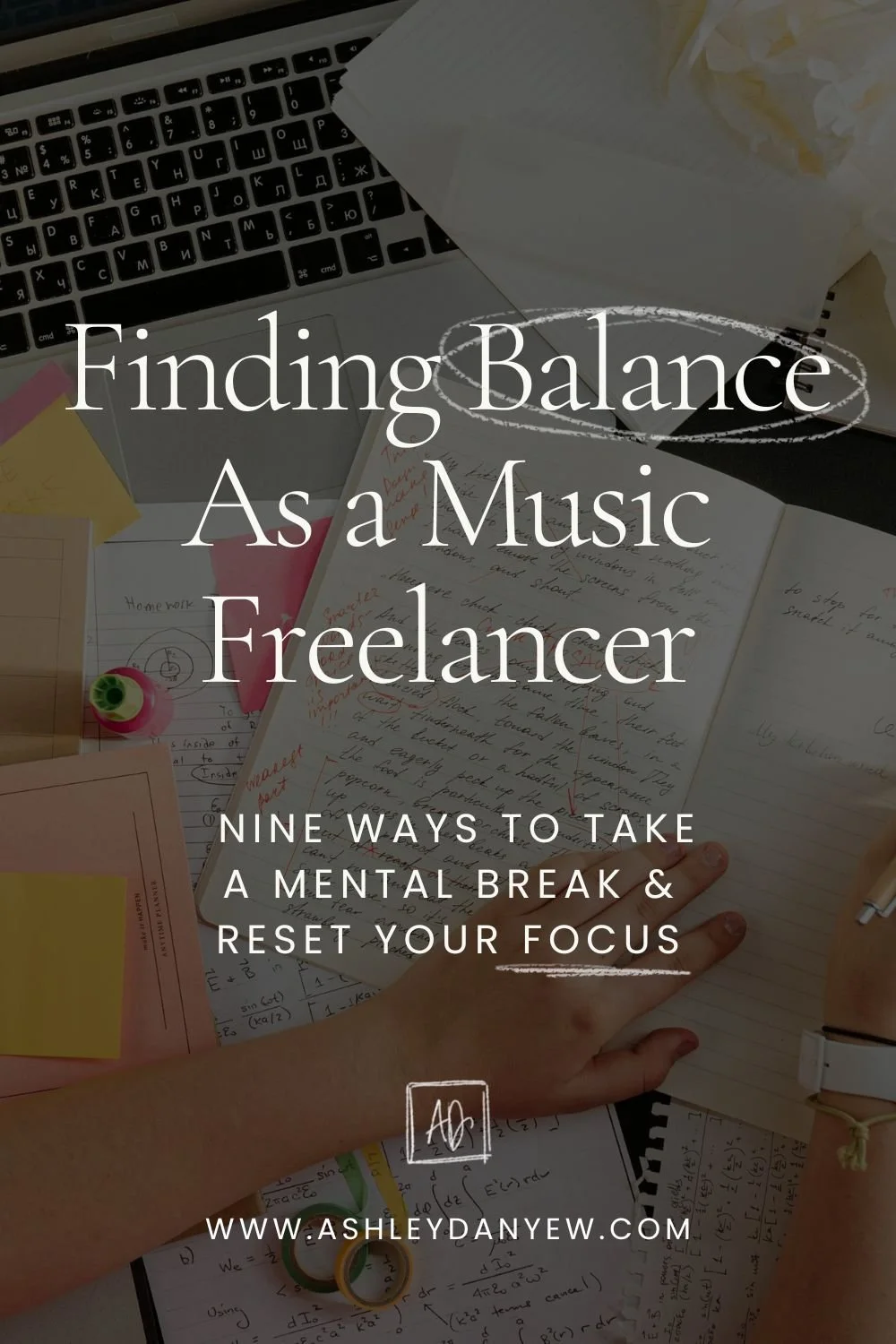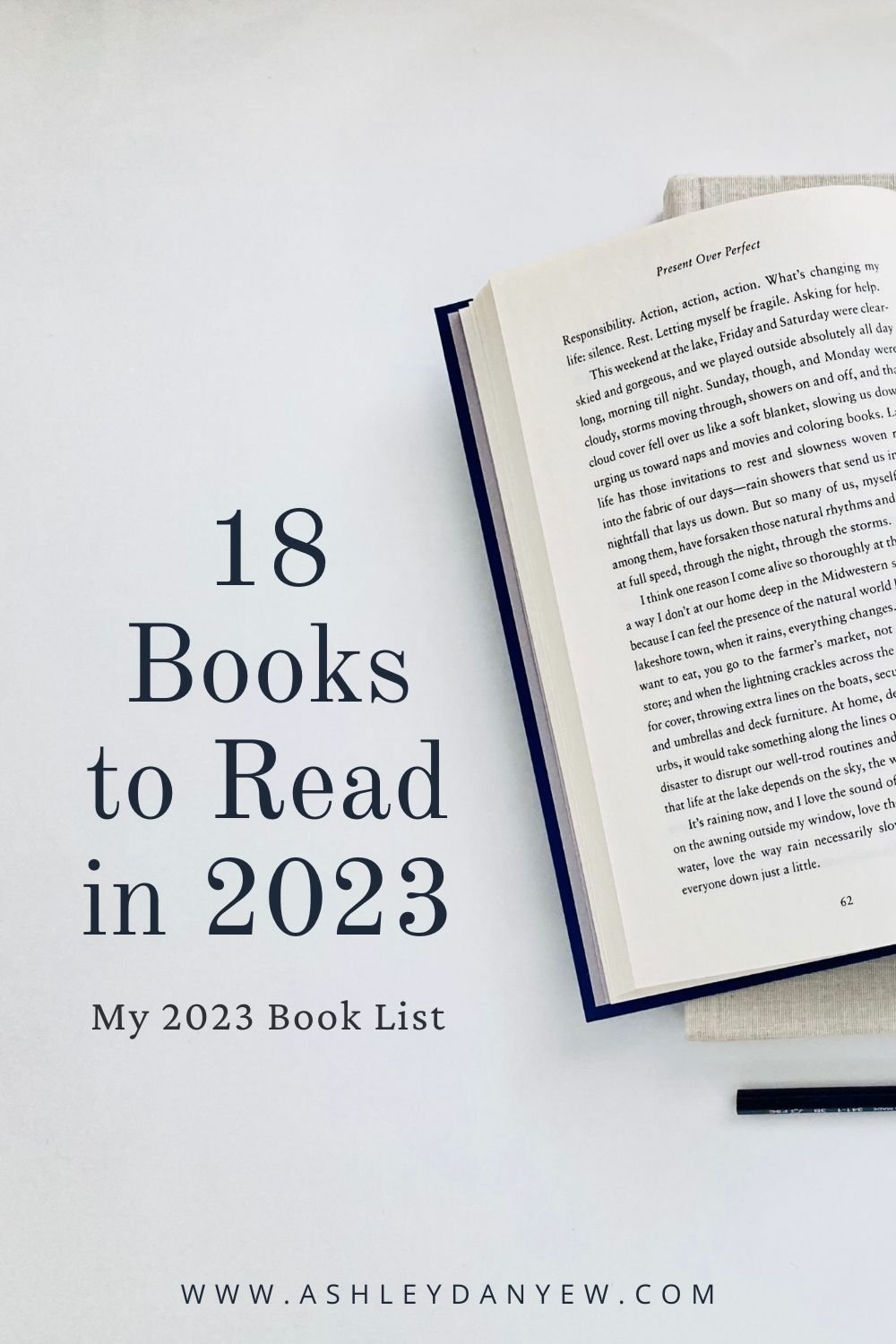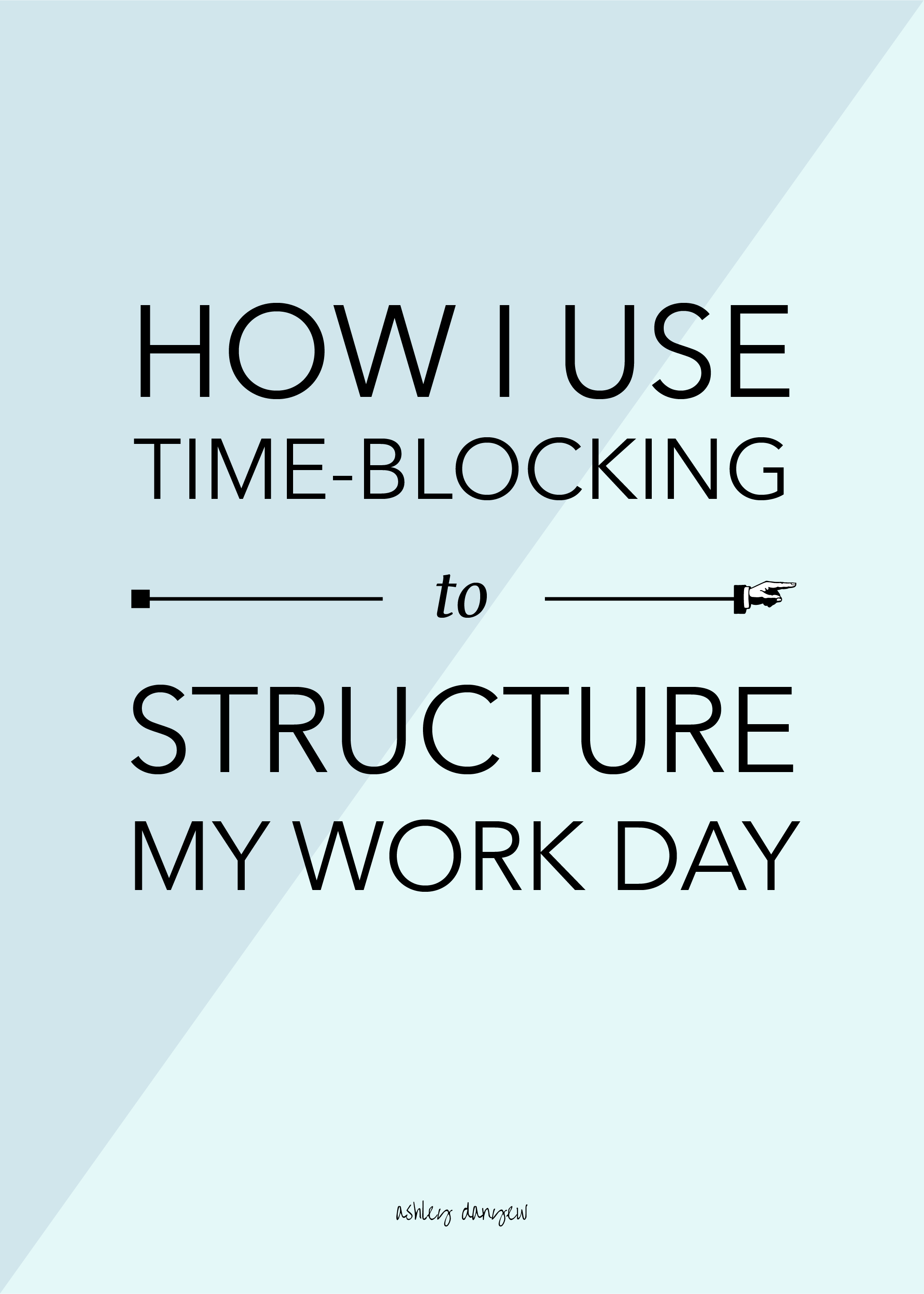““Creativity is intelligence having fun.””
*Disclosure: I get commissions for purchases made through links in this post.
Creativity is one of those elusive things that’s hard to wrap your mind around sometimes. What is it? Does everyone have it? Can it be developed?
One of the big things I’ve learned about creativity over the past few years is that, more than anything else, creativity is a way of thinking. It’s a way of looking at the world, interacting with it, challenging it; studying things, testing things, and a relentless desire to explore new territory.
Some people naturally tend to think this way, but that doesn’t mean creativity is limited to certain individuals. Creative thinking is a strategy; it’s a skill that can be developed.
Let’s delve into theory for just a minute:
Four Facets of Creativity
Creative thinking (in any context) has four main components: Flexibility, Fluency, Originality, and Elaboration (source).
Flexibility means the ability to see something from multiple perspectives.
Fluency is the ability to generate lots of new ideas around a given topic (something we often call “brainstorming”).
Originality is the ability to filter through all those ideas and pick out the ones that are novel, innovative, or original in some way.
Elaboration is the ability to expand upon those ideas, fill in the details, and bring them to life.
How do you develop these creative processes? By actively doing. Find a creative project at home or at work and give yourself some time and space to experiment, explore new ways of looking at it, generate lots of ideas, and develop them in some way.
In their book, Creative Confidence, brothers Tom and David Kelley describe that creative individuals don’t succeed more often, they simply do more experiments. They take more shots at the goal. “Building confidence through experience encourages more creative action in the future, which further bolsters confidence,” they wrote.
The important thing is to get out there and start creating. To try and try again. To not get discouraged by failure, but to learn from it. To experiment freely, often without expectation.
Here’s a look at my step-by-step process for developing creativity and creative-thinking skills in the work that I do:
My 4-Step Creative Process
Step 1: Start with a problem.
It’s important that the problem not be too broad, but also not be too restricted (as in having only one solution). Set up some boundaries to work within, to give yourself some structure, but at the same time, give yourself lots of space to dream and think about what’s possible.
I like to think of this like a 3-dimensional box: a somewhat confined space but completely open on the inside. Or, you might think of it like a blank piece of paper: four clear, defined edges but a world of possibilities for what you might draw or create in the white space.
Leave yourself lots of flexibility (remember that word from before? It’s the ability to see and study something from various perspectives.). Don’t get too caught up in the details just yet.
Having trouble coming up with a problem? Think about some everyday processes in your routine, your home life, or your work day. What are some problems you face or challenges you encounter? What things frustrate you and how could these processes be improved or streamlined?
Step 2: Brainstorm.
Grab a pen and paper, eliminate all distractions for a few minutes, and jot down any and everything that comes to mind related to your problem. All ideas and thoughts are good at this stage! We’re not going for realistic or practical or even achievable just yet.
The goal is simply to generate new ideas. Aim for fluency—coming up with as many ideas as possible. Try not to filter or edit, just write.
Make sure to give yourself plenty of time at this stage—don’t rush through this part of the process. If you’re feeling stuck and unable to think of anything, try clearing your head. Go for a walk or get up and walk around the room.
If you’re still having trouble, look at your problem again and make sure it’s not too broad or too focused.
Step 3: Narrow it down.
Once you’ve spent some time brainstorming, you should have a long list of ideas in front of you. Some will be better than others—that’s how it should be. It’s likely that the first few ideas on your list are things that have been done before, in some way, but further down on your list, you may find some really good, original ideas.
Now we’re getting to the heart of the creative process.
Your goal at this stage is to narrow down your ideas to just the ones that are novel or innovative. Look for originality and uniqueness, for ideas that offer a fresh perspective on something familiar or ordinary, and begin thinking about accessibility and practicality, as well.
Step 4: Develop the idea.
Now that you have a few solid, innovative ideas related to your concept, it’s time to flesh out the details and bring those ideas to life. Think about the necessary steps involved, any related processes or actions that need to take place, and other important details. Write everything down.
Make a few outlines, draw a flow chart, create a schema, or find some other way to organize all these details in a way that is coherent and streamlined.
This becomes your action plan for developing a creative, practical solution to your problem. Now you have several creative approaches that either meet a need, solve a problem, or simplify an existing process.
Beware of Perfectionism
“If you want to make something great, you need to start making. Striving for perfection can get in the way during the early stages of the creative process. So don't get stuck at the planning stage.
Don’t let your inner perfectionist slow you down.
All the over-planning, all the procrastinating, and all the talking are signs that we are afraid, that we just don’t feel ready.
You want everything to be ‘just right’ before you commit further or share something with others. That tendency leads us to wait rather than act, to perfect rather than launch.”
- Tom Kelley & David Kelley, Creative Confidence
I’d love to hear from you:
What does your creative process look like? What do you find to be the most helpful and the most challenging part?

















![2017 Reader Survey Results [Infographic]](https://images.squarespace-cdn.com/content/v1/585c710603596e2c47dad93e/1511201969244-V4CFHY88ZUUB4V8MZGM2/2017+Reader+Survey+Results-71.png)



















